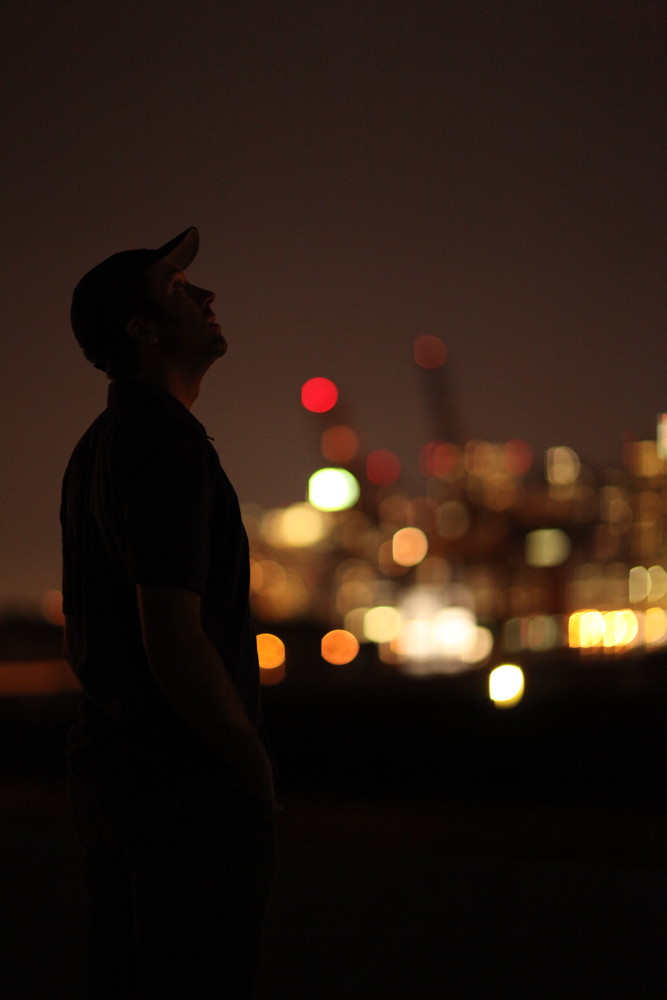Too Bright, the Night: New Film Tackles City Light Pollution

NEW YORK — Of all Earth's dwindling natural resources, a beautiful view of the night sky might not be on the top of everyone's list. But a new documentary highlights just what we stand to lose when we can no longer see the stars at night.
Light pollution has serious health and environmental consequences, and it just might wreak some philosophical havoc as well. These issues are explored in entertaining and insightful fashion in the new documentary "The City Dark," opening in New York Jan. 18.
"I worry that our lack of contact with the sky is doing something to us that's very subtle," says writer Ann Druyan, wife of the late astronomer Carl Sagan, early on in the film.
The poignant and wide-ranging consequences of light pollution are elucidated by experts including astronomers, astronauts, historians, ornithologists, epidemiologists, neurologists, biologists and criminologists. The film is written, directed and produced by Brooklyn-based documentary filmmaker Ian Cheney.
"I started with a simple question: 'Why do we need the stars?'" Cheney said of his motivation for making the film, in a statement. "How can we define what we gain from seeing the universe? Does human culture somehow need the context of the greater cosmos, to help us keep things in perspective?" [Skywatcher Photos: Jupiter & the Moon]
Cheney talks to astronomers and other stargazers, including the residents of Arizona Sky Village, a residential community in Portal, Ariz., dedicated to preserving its pristine night skies. He also interviews the owner of a light bulb store about how lighting has evolved over the years, and talks to members of an urban Boy Scout troop about seeing the stars during a camping trip.
In addition to exploring light pollution's effects on humans, the film discusses how brightly lit skyscrapers can confuse migrating birds, causing them to crash into walls, and how illuminated seaside buildings disorient newborn sea turtles that have only a short time to make it to the ocean after hatching on the beach.
Get the Space.com Newsletter
Breaking space news, the latest updates on rocket launches, skywatching events and more!
Cheney also talks to doctors who say there is evidence that light pollution might not be healthy for the human body. Epidemiologist Richard Stevens of the University of Connecticut presents evidence that people exposed to light at night, such as nigh shift workers, have an increased risk of cancer.
As Cheney says, "given that the planet Earth has evolved for billions of years with a very consistent rhythm of light and dark, might the sudden introduction of electric light affect more than our view of the stars?"
Ultimately, the film builds to a sobering conclusion — that humanity's attempt to lighten things up is really bringing on some dark outcomes.
"When you look at the night sky, you realize how small we are within the cosmos," astronomer Neil de Grasse Tyson, director of the Hayden Planetarium at the American Museum of Natural History in New York, says in the film. "It's kind of resetting of your ego. To deny yourself of that state of mind, either willingly or unwittingly, is to not live to the full extent of what it is to be human."
You can follow SPACE.com assistant managing editor Clara Moskowitz on Twitter @ClaraMoskowitz. Follow SPACE.com for the latest in space science and exploration news on Twitter @Spacedotcom and on Facebook.
Join our Space Forums to keep talking space on the latest missions, night sky and more! And if you have a news tip, correction or comment, let us know at: community@space.com.

Clara Moskowitz is a science and space writer who joined the Space.com team in 2008 and served as Assistant Managing Editor from 2011 to 2013. Clara has a bachelor's degree in astronomy and physics from Wesleyan University, and a graduate certificate in science writing from the University of California, Santa Cruz. She covers everything from astronomy to human spaceflight and once aced a NASTAR suborbital spaceflight training program for space missions. Clara is currently Associate Editor of Scientific American. To see her latest project is, follow Clara on Twitter.
